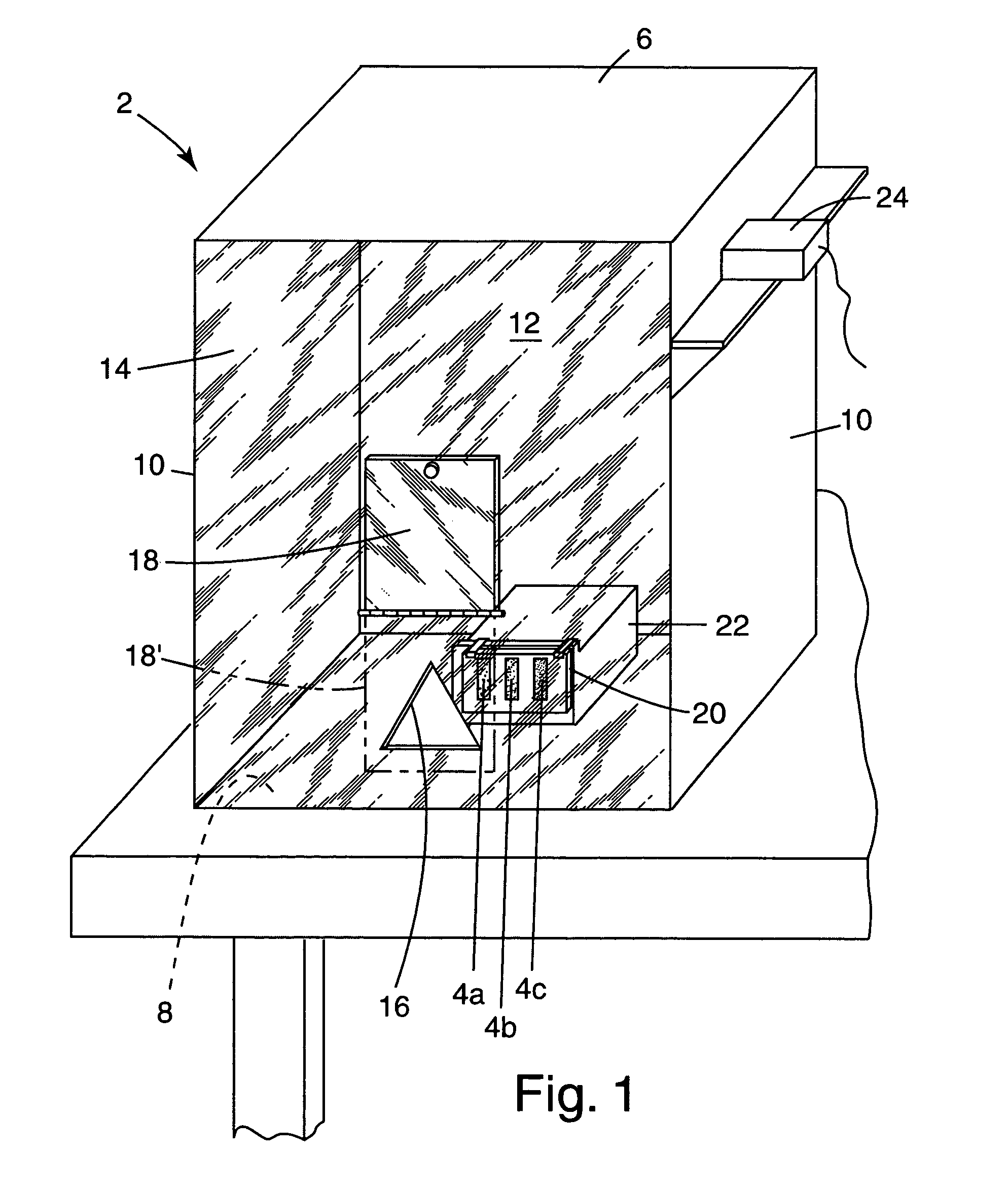Low dust wall repair compound
a wall and compound technology, applied in the field of wall repair compounds, can solve the problems of reducing so as to suppress the formation of airborne particles, and reduce the amount of airborne dust particles
- Summary
- Abstract
- Description
- Claims
- Application Information
AI Technical Summary
Benefits of technology
Problems solved by technology
Method used
Image
Examples
examples
[0071] The invention is illustrated by the following examples which present various embodiments of the invention. In general, the joint compounds were prepared by: (1) mixing the water and thickener, if any, with the binder; (2) adding the dust reducing additive; and (3) adding the fillers, mixing continuously. If the formulation contained a dust reducing additive in the form of an oil and a surfactant, the surfactant was typically added before the oil. More specific procedures used to prepare certain joint compound formulations are described more fully below.
[0072] Table 2 presents the test results for a control joint compound formulation which did not contain a dust reducing additive, along with the formulation and test results for Examples 1-3, each of which contained a dust reducing additive in the form of a wax. Each formulation is presented by wet weight percent of each ingredient, that is, including water.
TABLE 2WAXESFormulations by Wet Weight PercentIngredientControl123Ca...
examples 34 and 35
show that Rhoplex AC 417M, a softer resin than Rhoplex HG 74M, may slightly reduce the level of airborne dust. In Example 36, when a dust reducing additive in the form of a corn oil mineral oil mixture was added, the level of dust generated was reduced significantly.
[0088] Table 6B presents the formulations and test results for Examples 37-39 which contained a high level of resin.
TABLE 6BHIGH RESIN LEVELSFormulations by Wet WeightPercentIngredient373839Calcium Carbonate58.2961.0259.61Kaolin0.961.011.02Glass Bubbles5.61.113.41Triton X-4050.150.160.15Rhoplex HG 74M35.0Rhoplex 262036.7Rhoplex EC-284835.81Airborne Dust30 mg / m36 mg / m3*6.5 mg / m3*Drying Time1 day1 day1 day
*test discontinued prior to complete sanding of specimen
In each formulation, the quantity of resin was at least 35% by weight. While each of the resins included approximately 50% by weight water, it will be noted that no additional water was added to any of the joint compound formulations. Rhoplex HG 74M is a harder r...
PUM
| Property | Measurement | Unit |
|---|---|---|
| wt % | aaaaa | aaaaa |
| melting temperature | aaaaa | aaaaa |
| size | aaaaa | aaaaa |
Abstract
Description
Claims
Application Information
 Login to View More
Login to View More - R&D
- Intellectual Property
- Life Sciences
- Materials
- Tech Scout
- Unparalleled Data Quality
- Higher Quality Content
- 60% Fewer Hallucinations
Browse by: Latest US Patents, China's latest patents, Technical Efficacy Thesaurus, Application Domain, Technology Topic, Popular Technical Reports.
© 2025 PatSnap. All rights reserved.Legal|Privacy policy|Modern Slavery Act Transparency Statement|Sitemap|About US| Contact US: help@patsnap.com

